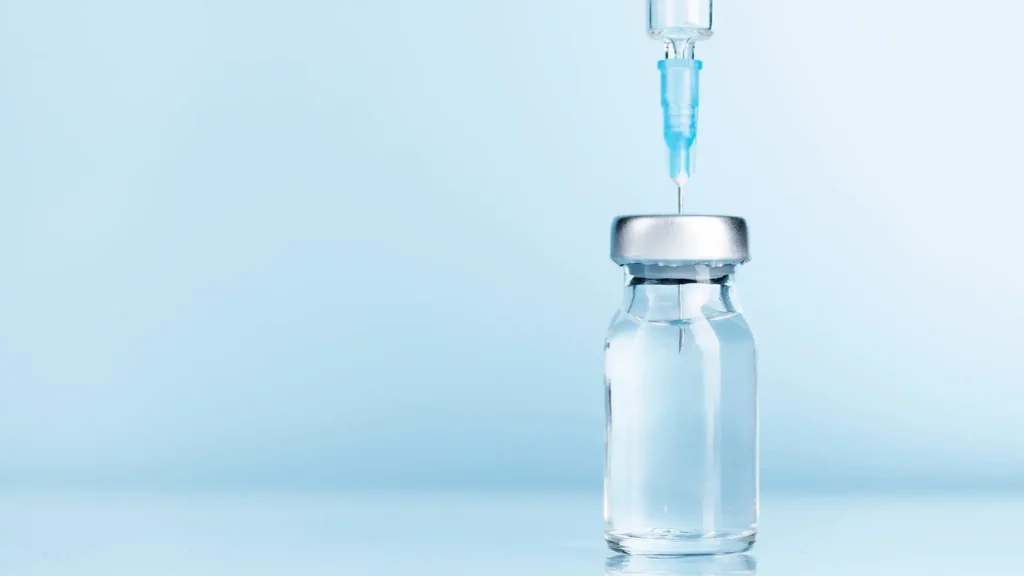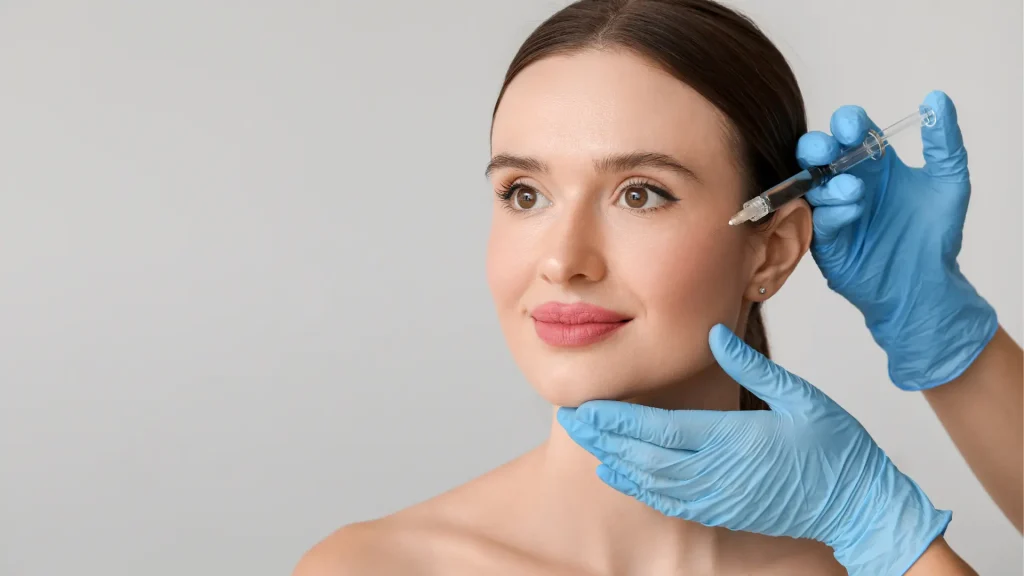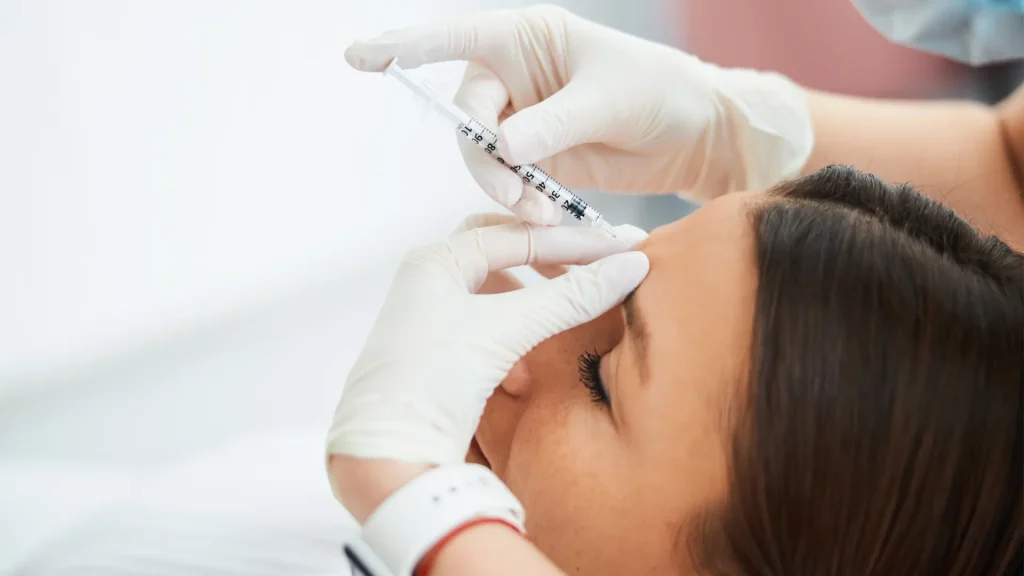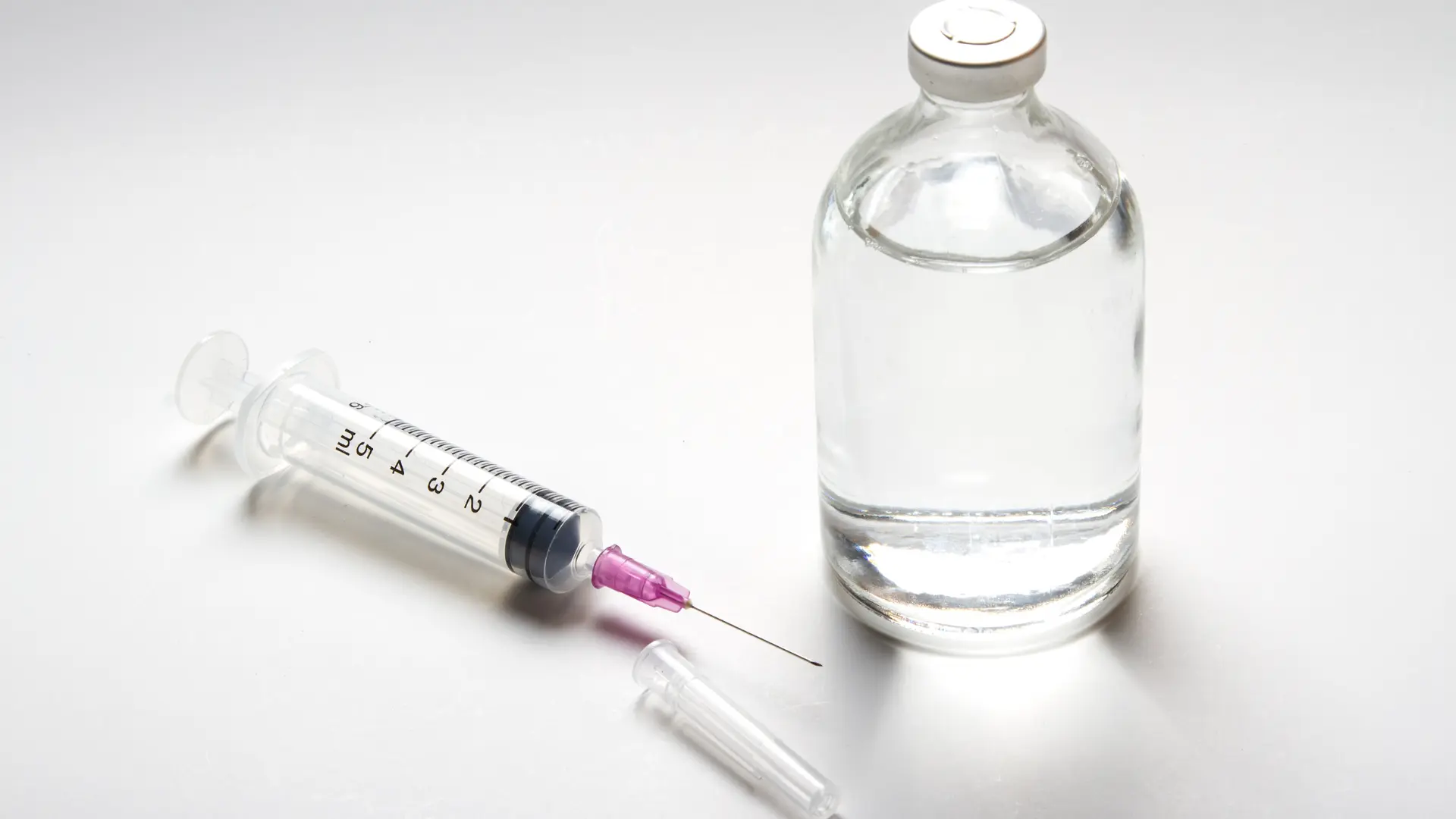Did you know that over 9.4 million neuromodulator injection procedures were performed in 2023? According to the American Society of Plastic Surgeons, this minimally invasive treatment saw a 9% increase from 2022, making it the most popular non-surgical procedure of the year.
Neuromodulator injections have become increasingly popular as both medical professionals and patients seek effective, minimally invasive solutions for aesthetic enhancement. Among these, Nabota botox injections stand out for their efficacy and safety, especially when properly reconstituted and administered.
In this article, we’ll delve into the Nabota reconstitution process, discuss its correct administration, and provide tips to ensure precise and effective treatments.
Key Takeaways
- Whether for aesthetic or therapeutic applications, medical professionals should know the proper Nabota reconstitution of Nabota to ensure its efficacy and safety.
- By gathering these supplies, medical providers may swiftly reconstitute the neuromodulator formulation for a quicker process.
- Medical professionals should use reconstituted Nabota within 24 hours to maintain its efficacy.
- Adhering to the clinical guidelines for proper Nabota reconstitution with 0.9% sodium chloride solution, accurate dosing for each treatment area, and sterile preparation can lead to a safe and effective injection process.
About: Medica Depot is your trusted all-in-one supplier, offering a range of high-quality medical injectables and supplies. If you’re looking to buy Nabota, our dedicated sales agents can give you proper guidance. We offer a worry-free experience in searching for the best and most popular products on the market. Whether for health professionals, plastic surgeons, dermatologists, licensed estheticians, or other specialists, we can offer genuine, brand-name products you may need. With Medica Depot, we prioritize serving you better to improve the patient’s quality of life.
Understanding Nabota and Its Reconstitution Process

South Korea’s Daewoong Pharmaceutical developed Nabota as a potent botulinum toxin type A injection. This has received approval in their country for aesthetic and therapeutic uses. However, the Nabota FDA approval in the United States only indicates its treatment for moderate to severe glabellar lines.
This neuromodulator works by blocking the release of acetylcholine, leading to muscle relaxation and softening the visible signs of aging. Whether for aesthetic or therapeutic applications, medical professionals should know the proper Nabota reconstitution of Nabota to ensure its efficacy and safety. This process leads to accurate preparation and dosage to minimize potential risks associated with Nabota.
Reconstituting Nabota
Medical professionals must prepare the necessary supplies before proceeding with the Nabota reconstitution. By gathering these supplies, medical providers may swiftly reconstitute the neuromodulator formulation for a quicker process.
- Nabota Vial
- 0.9% Sodium Chloride Solution
- Sterile Syringe
- Gauge Needle
- Alcohol Swabs
- Sterile Gloves
Ensure that the reconstitution is in a clean and sterile environment to avoid contamination and possible risks. To reconstitute Nabota, draw the 0.9% sodium chloride solution using a sterile syringe. Inject it carefully into the Nabota vial to avoid foaming, and gently swirl it to mix. Ensure that the powder becomes fully dissolved.
Medical professionals should use reconstituted Nabota within 24 hours to maintain its efficacy. They should avoid repeated cycles of freeze-thaw to prevent the product’s degradation. Moreover, it’s best to store the reconstituted Nabota solution at 2 to 8°C.
Best Practices for Administering Nabota

Proper Nabota dosage and administration can significantly help deliver optimal treatment outcomes. However, medical providers should adhere to reconstitution for its approved glabellar line treatment to ensure accurate and maintained potency.
The appropriate dilution depends on the treatment area and the patient’s goals. According to a study by Song et al. (2018), 100 Units of Nabota require a 2.5 mL volume of 0.9% sodium chloride to administer 4 Units in 0.1 mL. Glabellar lines’ initial recommended Nabota Units are 4 Units/0.1 mL.
Nabota administration requires an intramuscular injection at particular injection sites five times, depending on the desired results. Medical professionals should know that each treatment area needs different dosages and injection sites. Proper Nabota reconstitution, sterile equipment, and appropriate solution storage can help in accurate and effective administration.
Ensuring Safe and Effective Nabota Administration

Adhering to the clinical guidelines for proper Nabota reconstitution with 0.9% sodium chloride solution, accurate dosing for each treatment area, and sterile preparation can lead to a safe and effective injection process. Moreover, performing with the best-suited injection technique for an individual’s concerns can help deliver optimal outcomes.
Following expert recommendations can ensure patient safety and improve aesthetic or therapeutic results. Providers and patients must monitor for adverse reactions to promptly address complications. Recognizing and reporting these to medical providers allows them to manage these properly and provide appropriate interventions.
Additionally, providers must educate patients and equip them with comprehensive information about their treatment. This includes the Nabota treatment process, post-treatment care, and monitoring potential risks. They must provide clear instructions on recognizing and reporting adverse events and tips after injection for the best results.
- Avoiding strenuous activities
- Staying hydrated
- Avoiding excessive sun exposure
- Use gentle skincare products
- Promptly report unexpected symptoms
Conclusion
Understanding the proper reconstitution and administration technique for Nabota is critical in ensuring its efficacy and safety for both aesthetic and therapeutic applications. Medical professionals should adhere to clinical guidelines for accurate dosing, sterile reconstitution, and appropriate storage of the reconstituted solution.
By following best practices and utilizing sterile equipment, practitioners can minimize potential risks and achieve optimal patient treatment outcomes. Educating patients about the Nabota treatment process, possible risks, and post-treatment care is essential for fostering a safe and satisfying experience.
FAQs
1. What is Nabota and how does it work?
Nabota is a botulinum toxin type A injection used for aesthetic and therapeutic purposes. It works by blocking the release of acetylcholine, leading to muscle relaxation and softening the visible signs of aging.
2. What supplies are needed for the reconstitution of Nabota?
The supplies needed to reconstitute Nabota include Nabota vials, 0.9% sodium chloride solution, sterile syringe, gauge needle, alcohol swabs, and sterile gloves.
3. How long can reconstituted Nabota be used?
Reconstituted Nabota should be used within 24 hours to maintain its efficacy and stored at 2 to 8°C to prevent degradation.
References
- 2023 Minimally Invasive Procedures. (n.d.). American Society of Plastic Surgeons. Retrieved August 27, 2024, from https://www.plasticsurgery.org/documents/news/statistics/2023/minimally-invasive-procedure-trends-2023.pdf
- Song, S., Lee, Y. H., Hong, J. P., & Oh, T. S. (2018). Safety, efficacy, and onset of a novel botulinum toxin type A (Nabota) for the treatment of glabellar frown lines: a single-arm, prospective, phase 4 clinical study. Archives of craniofacial surgery, 19(3), 168–174. https://doi.org/10.7181/acfs.2018.01886









